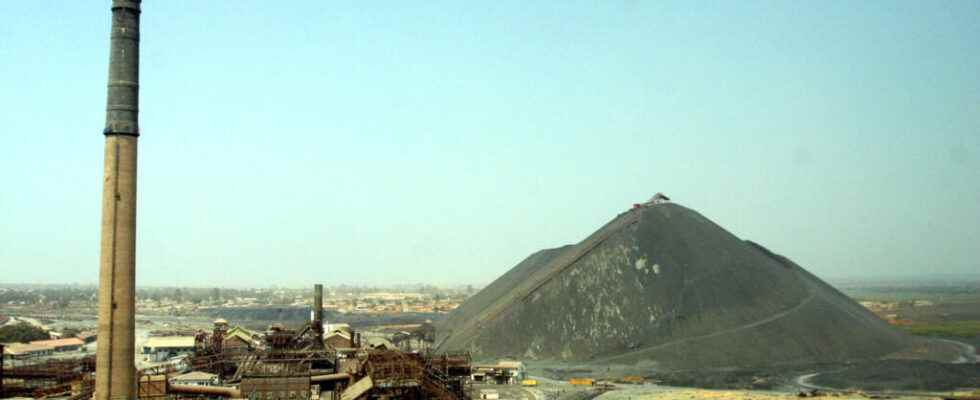The seventh Biennale of Lubumbashi, in the south of the DRC, is being held after more than three years of interruption due to the Covid 19 pandemic. Nearly 60 artists from all over the world are taking part in this edition around toxicity in ten places through the city.
With our correspondent in Lubumbashi, Denise Mahého
On the sidewalk, in front of the town hall office, visitors discover the black and white photo exhibition “Kazi – Earth-Mine”. Kazi means “work, land and mine” in Kiswahili. Guilda El Magambo presents portraits of smiling women in artisanal lithium mines. “ The lady is holding a bucket, it is her working tool. For me, black and white represents miseryexplains the artist. I tell myself that we are still in the 14th century. »
Gaya, from Belgium, is shocked by the paradox between the smile of these women and the poverty in which they live. “ A phone could cost 100 times more if we paid the people who extract the raw materials correctly. remarks Gaya.
Thinking about the city differently
The 7th edition of the Lubumbashi biennial raises questions about toxicity and pollution in a mining town, but also about North-South relations. “ It was interesting to leave Lubumbashi to reflect, thinks Samy Baloji, one of the initiators of this demonstration. What is a city if it was born out of mineral extraction and extraction without return and there is the legacy of this system that lives on. How we could think of a city in another way. »
The Lubumbashi Biennale lasts until November 3rd.
The bigger the city gets, the more the demography increases, the more young people are interested in art and culture. And that must be an important sign for social cohesion and for the city as a whole.
Jean-Pierre Djibu, in charge of cooperation and partnership at the town hall of Lubumbashi
►Also read: AKAA: Malian artist Abdoulaye Konaté invites you to discover African creation
